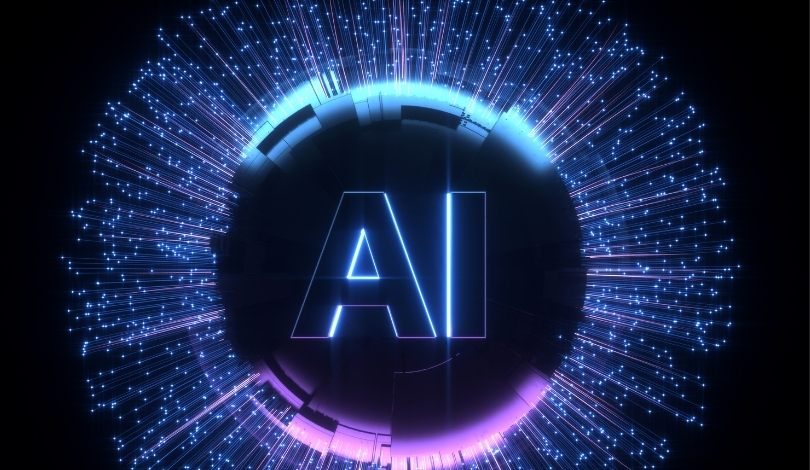Robotics companies and developers made significant strategic moves throughout October 2025, highlighting shifting trends across the sector. From high-profile business acquisitions to the rollout of next-generation humanoid and service robots, organizations pursued new consumer markets and advanced technical capabilities. Recent launches, funding rounds, and research initiatives have shaped the competitive landscape, with brands such as Figure AI, 1X Technologies, and ABB leading announcements.
Earlier news cycles often examined incremental upgrades in robotics and cautious industry partnerships, but October’s main headlines have pointed to bolder commercial shifts and more direct outreach to consumer and enterprise customers. Whereas ABB’s robotics division had previously experienced stable management, the $5.375 billion acquisition by SoftBank marks its largest structural change in years. The market has also witnessed more tangible steps from humanoid robot makers towards mass-market availability, with firms boosting pre-order timelines and showcasing systems suitable for everyday use. Continued government-led programs in automation, such as Singapore’s NRP, demonstrate ongoing public and private alignment on robotics deployment, a contrast to earlier, largely siloed efforts.
What Impact Will ABB’s Sale to SoftBank Have?
ABB Group’s decision to divest the ABB Robotics & Discrete Automation division to SoftBank Group reflects broader realignment efforts after reported revenue declines between 2023 and 2025. SoftBank’s acquisition is valued at $5.375 billion, signaling its intent to consolidate and expand its automation portfolio.
“We believe SoftBank offers the platform and vision to help ABB Robotics reach its full potential,”
ABB noted regarding the decision. This deal could alter competition by giving SoftBank greater influence over industrial robotics supply chains and innovation roadmaps.
How Are Humanoid Robots Entering Consumer Markets?
October 2025 saw Figure AI introduce its Figure 03 humanoid, engineered with new hardware and software optimizations for AI integration, home environments, and scaled manufacturing. Similarly, 1X Technologies began accepting pre-orders for NEO, a household humanoid robot, underscoring the industry’s push to bring robotic assistants into daily domestic life. With these offerings, both companies seek to differentiate themselves by addressing not just technical performance but also usability and affordability.
“Our mission with Figure 03 is to deliver a practical, adaptable partner for real-world tasks,”
Figure AI stated.
Which Other Key Developments Have Influenced the Industry?
Additional news includes the successful deployment of the Endoluminal Surgical System by EndoQuest Robotics in a Mayo Clinic clinical study, marking a milestone for robotics in medicine. Serve Robotics arranged to generate up to $100 million through share sales, a funding move intended to strengthen its position in autonomous last-mile delivery. Revolute Robotics raised $1.9 million to further the adoption of ground and aerial robots, while Singapore’s National Robotics Programme launched testbeds and partnerships to accelerate urban automation and workforce development.
Current activities in robotics showcase greater commercial ambition and willingness to restructure for growth. The ABB-SoftBank deal illustrates the need for scale and innovation in global automation markets, while humanoid robots’ foray into the consumer space demonstrates evolving attitudes towards technology in the home. Organizations like Machina Labs and Serve Robotics suggest that industry success hinges not just on breakthroughs but also on targeted problem-solving and sustained investment. Stakeholders and readers can benefit from tracking regulatory trends, funding dynamics, and partnerships, as these factors increasingly affect product timelines, workforce opportunities, and accessibility of new technologies. Recognizing the balance between high-visibility robotics launches and the incremental improvements made by industry participants gives insight into realistic expectations for robotics adoption in both industrial and consumer sectors.










